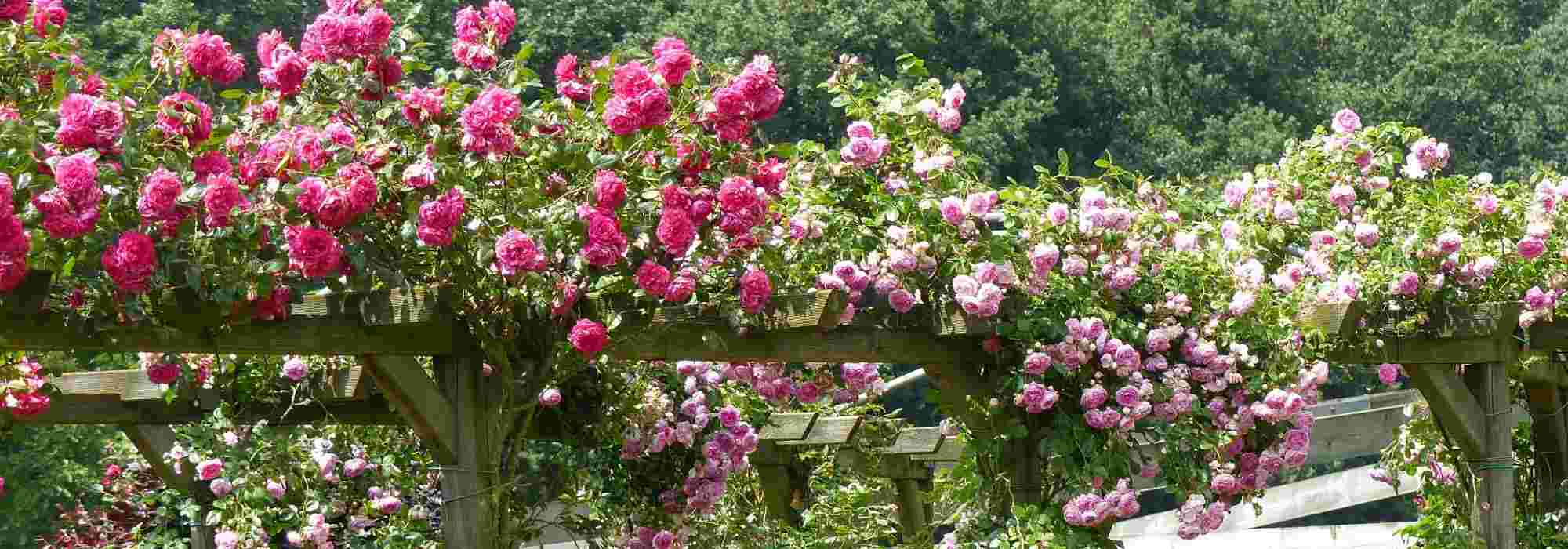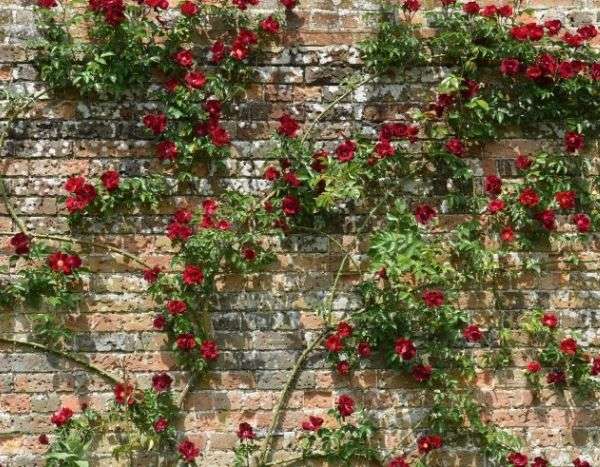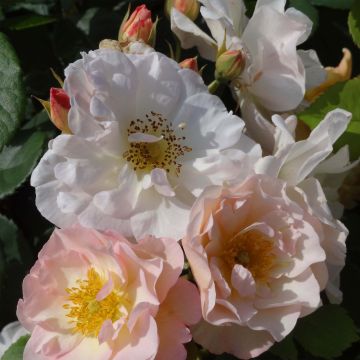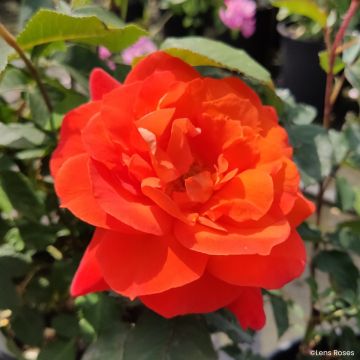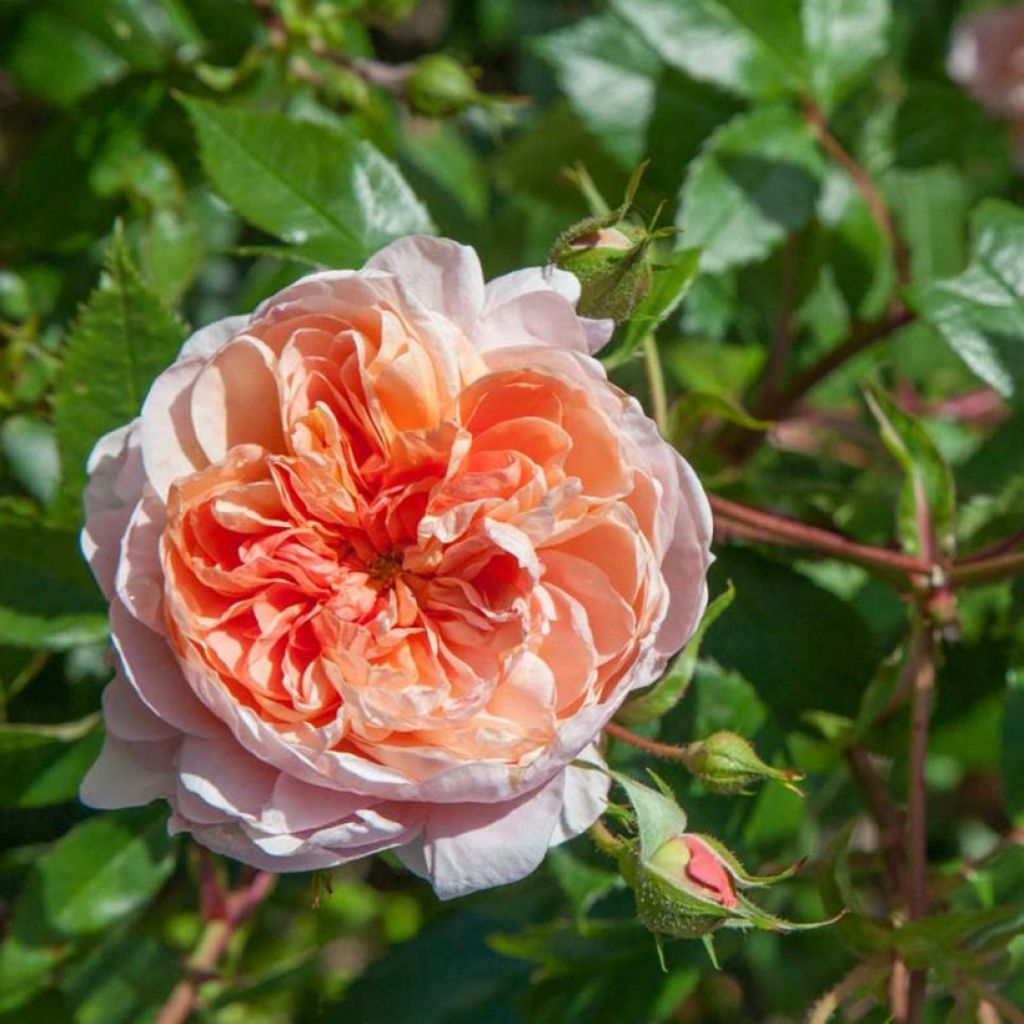

Rosier grimpant Colette Meiroupis
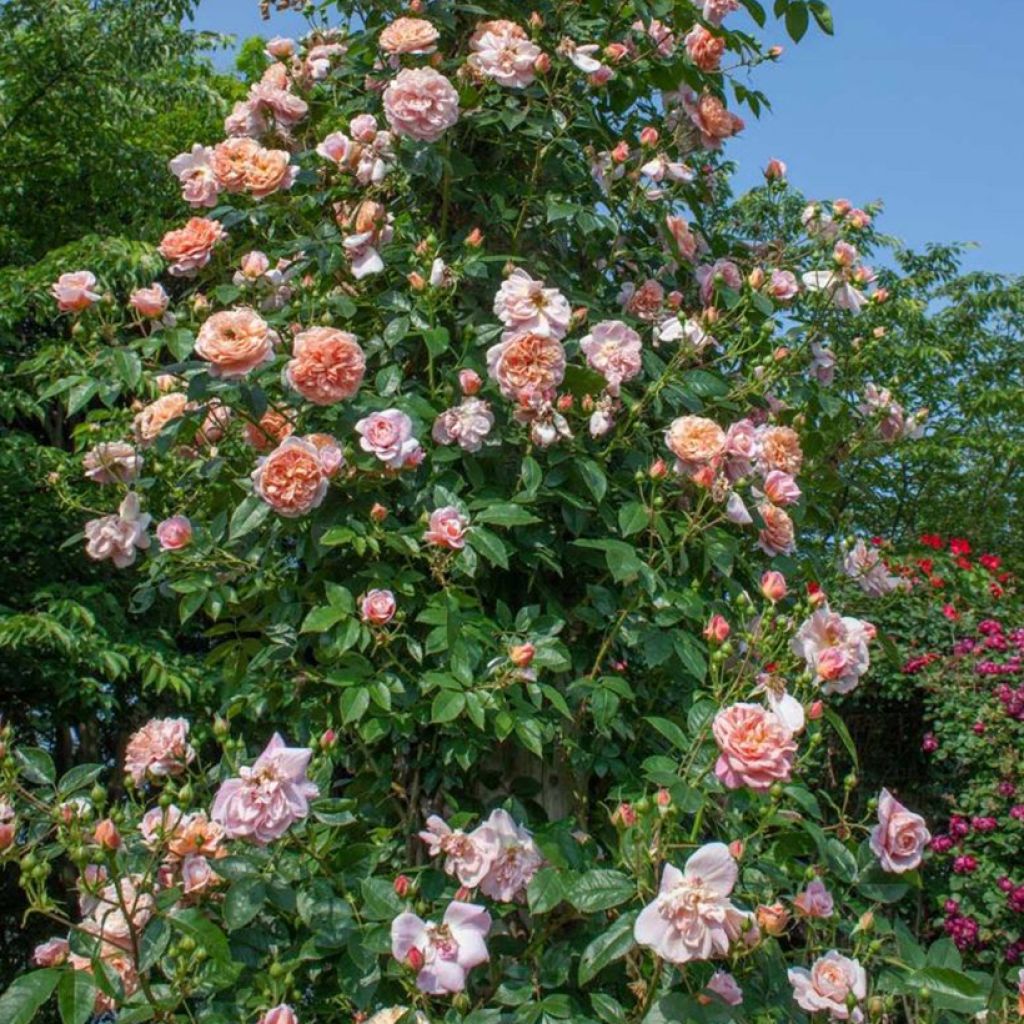

Rosier grimpant Colette Meiroupis
View more pictures
Hide images
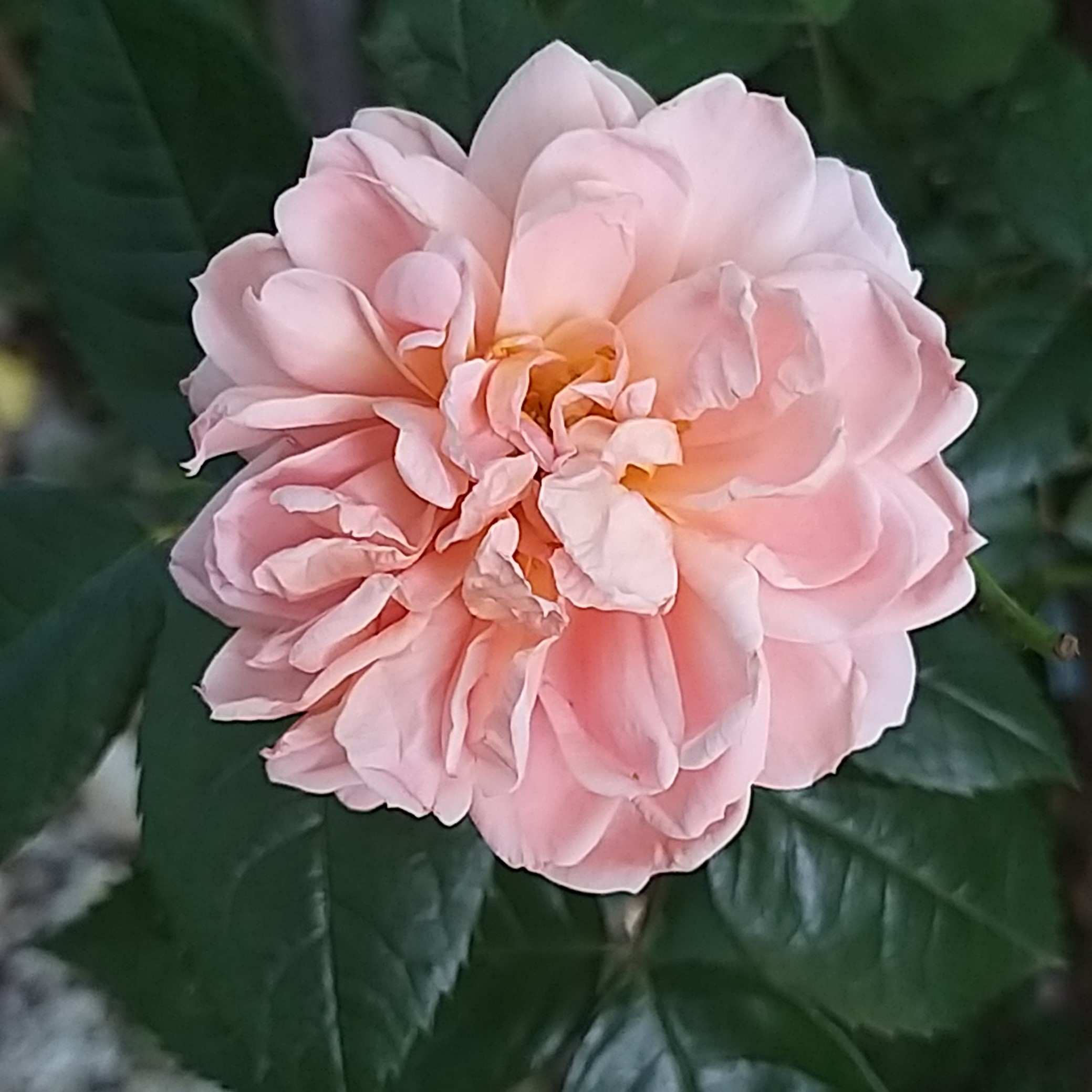
Thierry P.

May flowering - image 30
Thierry P. • 84 FR

Thierry P.

May flowering - image 31
Thierry P. • 84 FR

Thierry P.

May flowering - image 28
Thierry P. • 84 FR

Thierry P.

May flowering - image 29
Thierry P. • 84 FR
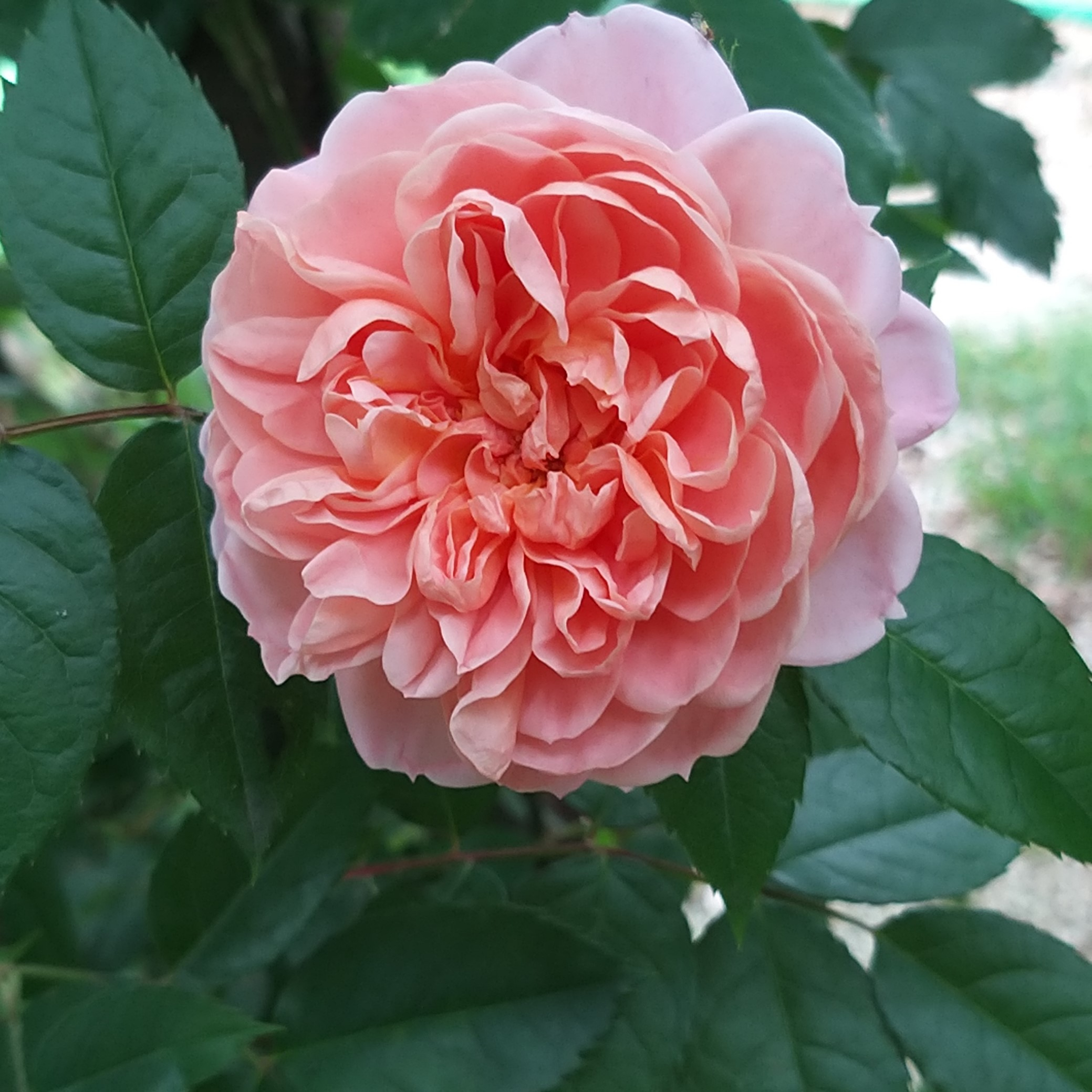
Thierry P.

May flowering - image 26
Thierry P. • 84 FR
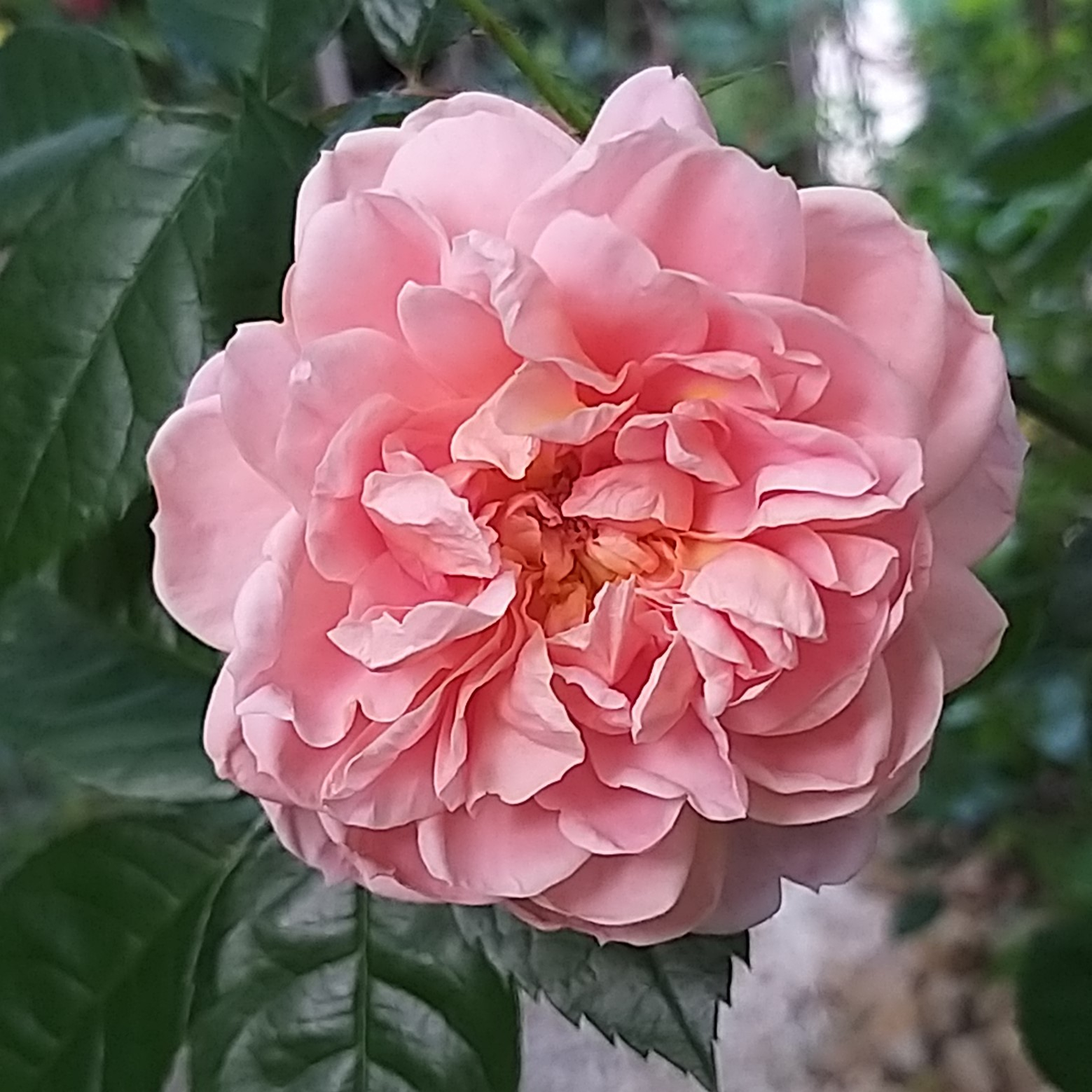
Thierry P.

May flowering - image 24
Thierry P. • 84 FR

Thierry P.

Flowering in May - picture 20 - Under the rain.
Thierry P. • 84 FR

Thierry P.

Flowering in May - picture 19 - In trio.
Thierry P. • 84 FR

Thierry P.

May flowering - image 17
Thierry P. • 84 FR

Thierry P.

May flowering - image 16
Thierry P. • 84 FR

Thierry P.

May flowering - image 13
Thierry P. • 84 FR

Thierry P.

May flowering - image 11
Thierry P. • 84 FR

Thierry P.

No text to translate.
Thierry P. • 84 FR

Thierry P.

No text to translate.
Thierry P. • 84 FR

Thierry P.

April flowering - image 8
Thierry P. • 84 FR
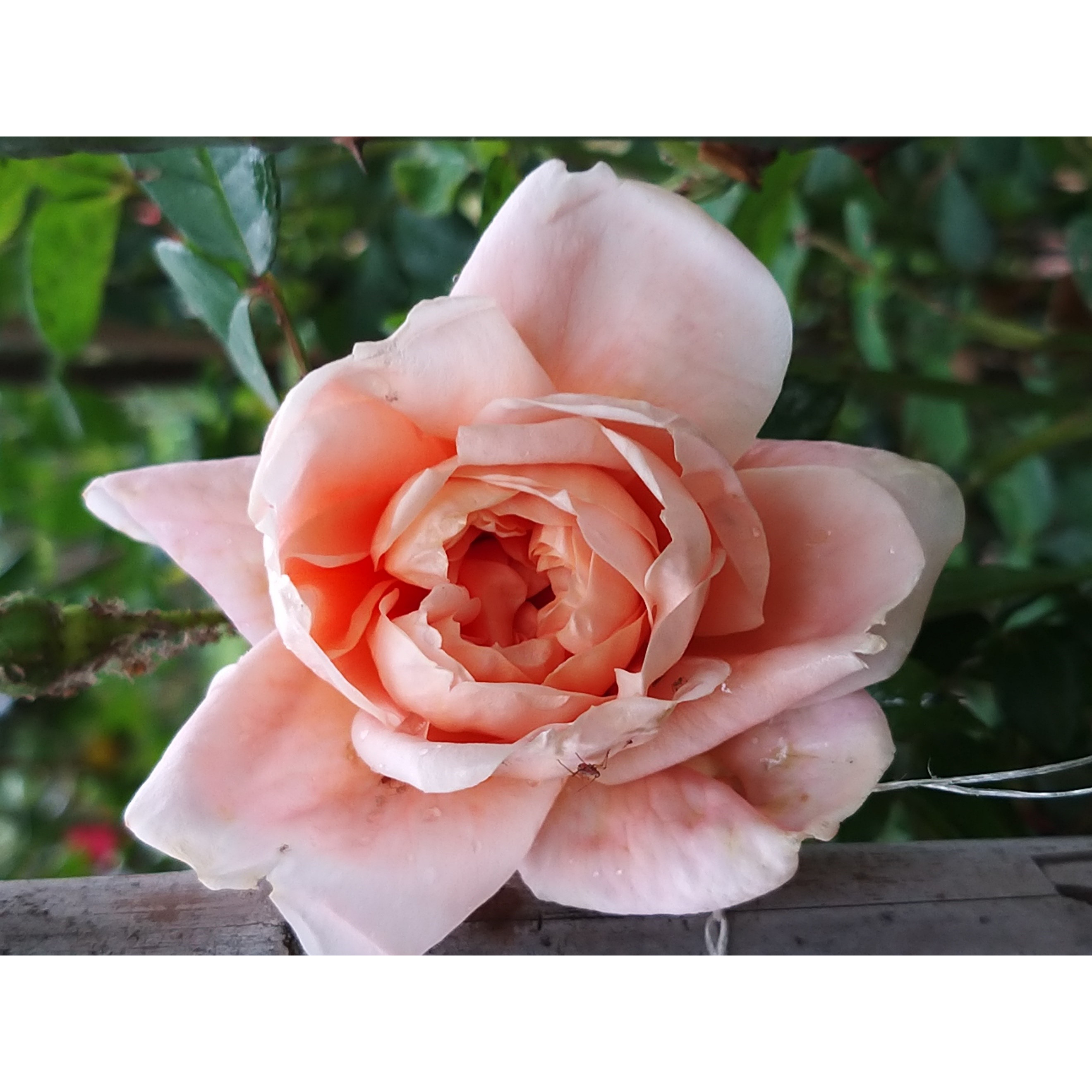
Thierry P.

April flowering - image 7
Thierry P. • 84 FR

Thierry P.

Flowering from April - image 35
Thierry P. • 84 FR
Rosa 'Colette' - Shrub or Climbing Rose
Rosa Colette 'Meiroupis'
'Meiroupis'
Rosebush arrived in a very poor condition, small, very puny and stunted. Nothing like the roses you buy at the garden centre. I pampered it from its arrival and planted it immediately, but I'm afraid it might die soon. Not much chance of seeing it in bloom this summer anyway. Very disappointed.
Ll, 22/05/2024
Special offer!
Receive a €20 voucher for any order over €90 (excluding delivery costs, credit notes, and plastic-free options)!
1- Add your favorite plants to your cart.
2- Once you have reached €90, confirm your order (you can even choose the delivery date!).
3- As soon as your order is shipped, you will receive an email containing your voucher code, valid for 3 months (90 days).
Your voucher is unique and can only be used once, for any order with a minimum value of €20, excluding delivery costs.
Can be combined with other current offers, non-divisible and non-refundable.
Home or relay delivery (depending on size and destination)
Schedule delivery date,
and select date in basket
We guarantee the quality of our plants for a full growing cycle, and will replace at our expense any plant that fails to recover under normal climatic and planting conditions.
Description
The 'Colette' Rose or 'Meiroupis' is a modern creation with a romantic style that can be used as a large bush or a small climber. This rose has many advantages, combining robustness, hardiness, excellent disease resistance, flowers shaped in an old-fashioned way but resistant to rain, a fabulous salmon pink colour and a beautiful scent of Damask rose. It also offers well-filled foliage with a glossy dark green colour that perfectly enhances the flowering from early summer to the first frost.
The Colette Rose, sometimes marketed under the name 'John Keats', is a creation by Meilland dating back to 1994. The hybrid tea rose with clustered flowers won the Bronze Medal in Adelaide (Australia) in 2000. When trained and regularly pruned, it is a small sarmentous climber that will not exceed 2.50 m (8ft) in height. If not trained, it forms a beautiful 1.50 m (5ft) tall bush with a flexible and free habit. Its flexible and thorny branches are adorned with abundant foliage, with dark green, glossy, blackspot-resistant leaflets that are truly decorative. Its flowering is particularly abundant in June, and it generously blooms again in late summer. There is often a pause at the height of summer, in August. This rose produces bouquets of 3 to 5 roses with an 8 cm (3in) diameter, very double (120 to 130 petals), organised in quarters. They open in a cup shape and end up flat. The blossoming of the flowers is not affected by bad weather. Like old roses, these flowers exude a powerful scent. Their soft and warm colour ranges through all shades between coral pink, light pink, and apricot, sometimes with a touch of yellow in the centre.
The Colette Rose is also a hardy and undemanding plant, thriving in well-prepared ordinary soil. It will appeal to lovers of romantic and scented roses. It can also form a large bush without directing its growth, creating a romantic mass of flowers and foliage ideal for forming the backdrop of a perennial bed. It can also be paired with flowering shrubs (Shrubby Cinquefoils, Abelias, and Buddleias, ground cover roses…). It could also be imagined in a rose hedge, with large white or pink shrubs (Iceberg, Maiden's Blush) or purple (Charles de Mills, Young Lycidas...)
Rosa 'Colette' - Shrub or Climbing Rose in pictures




Plant habit
Flowering
Foliage
Botanical data
Rosa
Colette 'Meiroupis'
Rosaceae
'Meiroupis'
Cultivar or hybrid
Planting and care
For planting your 'Colette' Rose, choose a location that receives ample sunlight. Roses are quite tolerant but they don't like excessive limestone. They prefer fertile and well-drained soil. However, they can adjust to any garden if the soil is well-worked and rich. To plant the rose, crumble the soil well and add an amendment such as blood, fish, and bone at the bottom of the planting hole. Water the rose generously after planting to remove air pockets. Water it regularly for a few weeks to help with rooting. At the end of winter, trim the oldest branches to 3-5 buds above the ground (at the lowest). Choose an outward-facing bud for a more elegant appearance. Use this opportunity to also remove dead wood and unsightly branches. Prune at an angle above a bud. When the flowers bloom, remove faded flowers to promote the development of other buds.
If you plant a climbing or rambling rose next to a living tree, its root system will compete with the tree's existing root system. To control watering, plant the rose in a large container with drainage holes at the base of the tree. The tree's roots will not penetrate the container for at least a year. After a year, remove the container by cutting one side without disturbing the rose's root system. The rose will have had enough time to develop its root system deeply and will be more resistant.
Roses may have some stains or look unsightly at the end of summer. However, this is not a problem for their growth. These stains are natural and do not harm the rose.
Planting period
Intended location
Care
Planting & care advice
-
, onOrder confirmed
Reply from on Promesse de fleurs
Similar products
Haven't found what you were looking for?
Hardiness is the lowest winter temperature a plant can endure without suffering serious damage or even dying. However, hardiness is affected by location (a sheltered area, such as a patio), protection (winter cover) and soil type (hardiness is improved by well-drained soil).

Photo Sharing Terms & Conditions
In order to encourage gardeners to interact and share their experiences, Promesse de fleurs offers various media enabling content to be uploaded onto its Site - in particular via the ‘Photo sharing’ module.
The User agrees to refrain from:
- Posting any content that is illegal, prejudicial, insulting, racist, inciteful to hatred, revisionist, contrary to public decency, that infringes on privacy or on the privacy rights of third parties, in particular the publicity rights of persons and goods, intellectual property rights, or the right to privacy.
- Submitting content on behalf of a third party;
- Impersonate the identity of a third party and/or publish any personal information about a third party;
In general, the User undertakes to refrain from any unethical behaviour.
All Content (in particular text, comments, files, images, photos, videos, creative works, etc.), which may be subject to property or intellectual property rights, image or other private rights, shall remain the property of the User, subject to the limited rights granted by the terms of the licence granted by Promesse de fleurs as stated below. Users are at liberty to publish or not to publish such Content on the Site, notably via the ‘Photo Sharing’ facility, and accept that this Content shall be made public and freely accessible, notably on the Internet.
Users further acknowledge, undertake to have ,and guarantee that they hold all necessary rights and permissions to publish such material on the Site, in particular with regard to the legislation in force pertaining to any privacy, property, intellectual property, image, or contractual rights, or rights of any other nature. By publishing such Content on the Site, Users acknowledge accepting full liability as publishers of the Content within the meaning of the law, and grant Promesse de fleurs, free of charge, an inclusive, worldwide licence for the said Content for the entire duration of its publication, including all reproduction, representation, up/downloading, displaying, performing, transmission, and storage rights.
Users also grant permission for their name to be linked to the Content and accept that this link may not always be made available.
By engaging in posting material, Users consent to their Content becoming automatically accessible on the Internet, in particular on other sites and/or blogs and/or web pages of the Promesse de fleurs site, including in particular social pages and the Promesse de fleurs catalogue.
Users may secure the removal of entrusted content free of charge by issuing a simple request via our contact form.
The flowering period indicated on our website applies to countries and regions located in USDA zone 8 (France, the United Kingdom, Ireland, the Netherlands, etc.)
It will vary according to where you live:
- In zones 9 to 10 (Italy, Spain, Greece, etc.), flowering will occur about 2 to 4 weeks earlier.
- In zones 6 to 7 (Germany, Poland, Slovenia, and lower mountainous regions), flowering will be delayed by 2 to 3 weeks.
- In zone 5 (Central Europe, Scandinavia), blooming will be delayed by 3 to 5 weeks.
In temperate climates, pruning of spring-flowering shrubs (forsythia, spireas, etc.) should be done just after flowering.
Pruning of summer-flowering shrubs (Indian Lilac, Perovskia, etc.) can be done in winter or spring.
In cold regions as well as with frost-sensitive plants, avoid pruning too early when severe frosts may still occur.
The planting period indicated on our website applies to countries and regions located in USDA zone 8 (France, United Kingdom, Ireland, Netherlands).
It will vary according to where you live:
- In Mediterranean zones (Marseille, Madrid, Milan, etc.), autumn and winter are the best planting periods.
- In continental zones (Strasbourg, Munich, Vienna, etc.), delay planting by 2 to 3 weeks in spring and bring it forward by 2 to 4 weeks in autumn.
- In mountainous regions (the Alps, Pyrenees, Carpathians, etc.), it is best to plant in late spring (May-June) or late summer (August-September).
The harvesting period indicated on our website applies to countries and regions in USDA zone 8 (France, England, Ireland, the Netherlands).
In colder areas (Scandinavia, Poland, Austria...) fruit and vegetable harvests are likely to be delayed by 3-4 weeks.
In warmer areas (Italy, Spain, Greece, etc.), harvesting will probably take place earlier, depending on weather conditions.
The sowing periods indicated on our website apply to countries and regions within USDA Zone 8 (France, UK, Ireland, Netherlands).
In colder areas (Scandinavia, Poland, Austria...), delay any outdoor sowing by 3-4 weeks, or sow under glass.
In warmer climes (Italy, Spain, Greece, etc.), bring outdoor sowing forward by a few weeks.




































